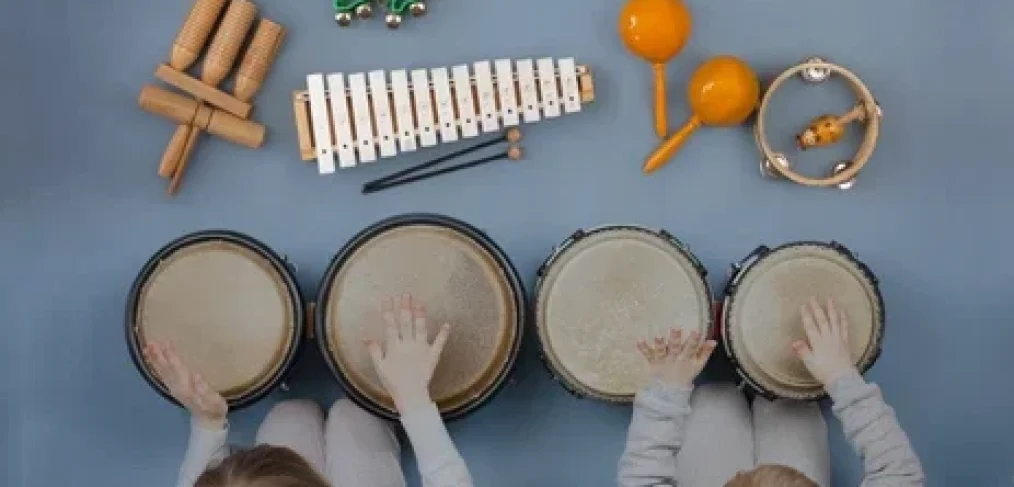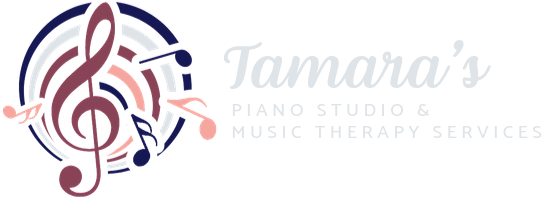
Music Therapy and ADHD: Harnessing Rhythm for Regulation
Attention Deficit/Hyperactivity Disorder (“ADHD”) is more than just having difficulty sitting still. It is a neurodevelopmental condition characterized by differences in dopamine levels and brain timing networks. These same systems in our brains light up when we engage with music. That is why music can be such a powerful tool for calming, focusing, and regulating the ADHD brain.
Here are 5 ways how music therapy provides a structured, engaging, and sensory-rich approach that supports individuals with ADHD by targeting focus, impulse control, emotional regulation, and more:
1. Improves Attention and Timing
Rhythmic music helps synchronize brain activity, which enhances concentration and the ability to switch tasks. Neurologic Music Therapy® (NMT™) techniques such as Rhythmic Auditory Stimulation (RAS)®, Musical Attention Control Training (MACT)™, and Auditory Perception Training (APT)™ are all designed to use rhythm to reinforce cognitive and motor control. These interventions help build sustained attention and improve internal timing.
2. Boosts Emotional Regulation
Music is a powerful tool for mood regulation. Melodic and harmonic elements can soothe anxiety, energize low motivation, or provide emotional grounding during overstimulation.
Two music tools especially beneficial for individuals with ADHD are:
- Lofi Music: with mellow tones, repetitive patterns, and minimal lyrics, lofi creates a calming background for focus or rest.
- Binaural Beats Lofi Music: these use slightly different frequencies in each ear to encourage brainwave states associated with calm (alpha/theta waves) or alert focus (beta/gamma waves).
Both techniques have been shown to help with emotional balance and cognitive clarity.
3. Strengthens Executive Functioning
Structured music activities like drumming patterns or call-and-response singing boost working memory, planning, and sequencing skills. NMT techniques like MACT™ and Patterned Sensory Enhancement (PSE)® specifically target these executive functions, providing a creative and embodied way to practice attention, impulse control, and organization.
4. Encourages Movement and Self-Expression
Music provides a natural outlet for both energy and emotion. For those with ADHD, especially children, movement-based music activities like dancing, drumming, or rhythmic tapping offer healthy ways to channel hyperactivity while building self-regulation and confidence.
5. Builds Brain Connectivity Through Multi-Sensory Engagement
Playing an instrument, singing, or moving to music engages multiple senses at once. This cross-modal brain stimulation supports learning, behavioral regulation, and sensory processing. For individuals with ADHD, these experiences promote stronger neural connections across areas related to focus, coordination, and communication.
By combining rhythm, emotion, structure, and self-expression, music therapy offers a multi-layered and effective support system for individuals with ADHD. It works beautifully alongside other therapies and can be tailored to each person’s strengths, needs, and therapeutic goals.
If you or someone you love is navigating ADHD and responds positively to music, reach out to us. We would love to explore how music therapy can support focus, regulation, and personal growth.

